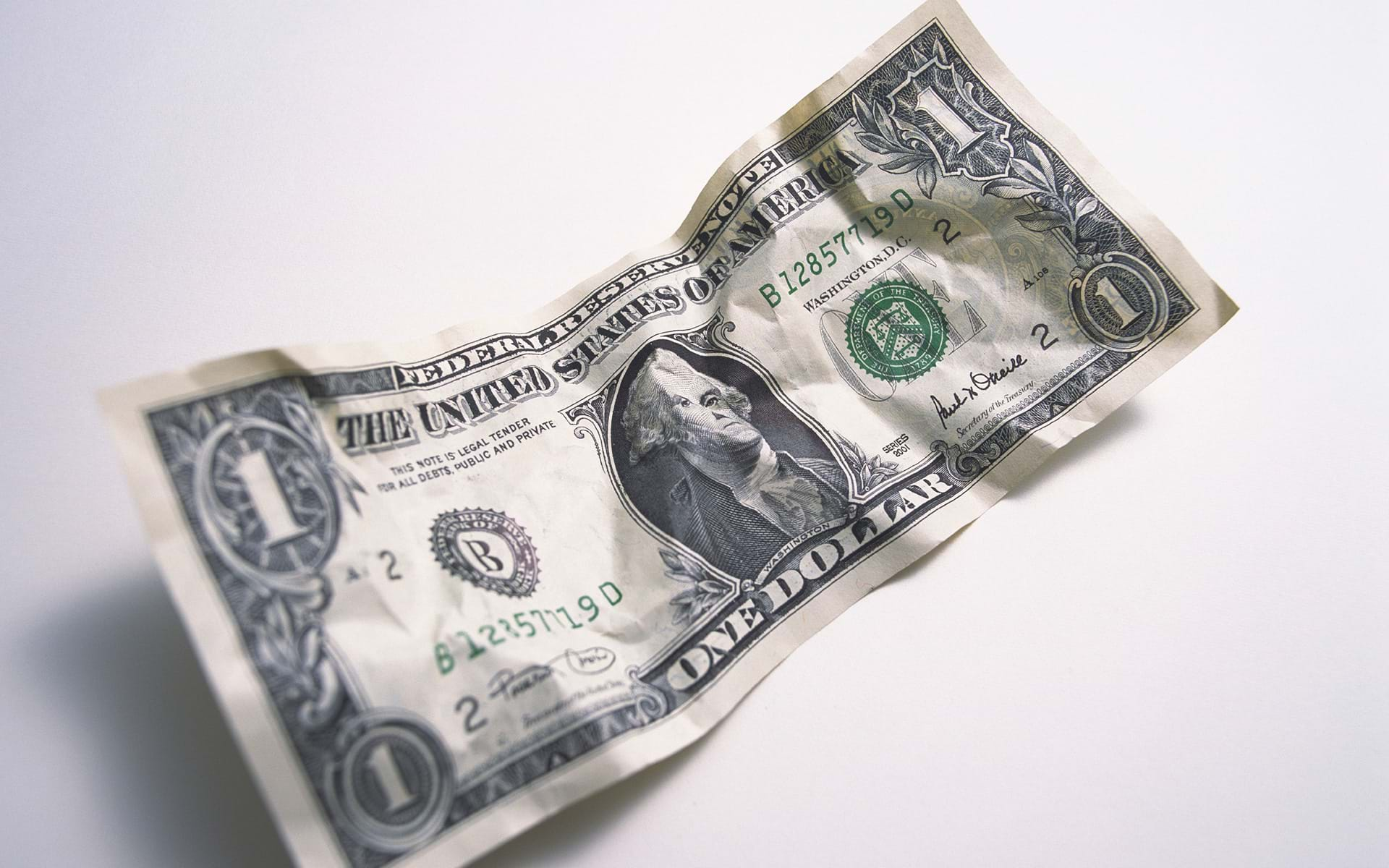When was the last time you were drawn to a product or store by an advertisement offering something for free? Of course you have probably heard that nothing is ever truly “free,” but the human mind is irrationally drawn toward products marketed that way. Have you ever bought something that you didn’t really want just to take part in a “buy two get one free sale?” If you have, then you are not alone. An experiment conducted by MIT behavioral economist Dan Ariely offers valuable insight into the allure of free products.
Steeply Discounted Chocolate vs. Free Cheap Chocolate
A table was setup in a large public building that offered each customer a choice of chocolate, with a limit of one chocolate per customer. Customers had a choice between name brand chocolate truffles that typically cost 30 cents per piece when purchased in bulk, and regular Hershey’s Kisses that cost a small fraction of the truffles’ price. When the truffles were priced at 15 cents each and the Hershey’s Kisses were priced at 1 cent each, many customers acted rationally and 73 percent chose the name brand truffle.
Next, the price of both chocolates was reduced by 1 cent. This meant that the Hershey’s Kisses were free and that the name brand truffle was priced at 14 cents. The results show the special power of pricing a product at $0.00. Free products generate irrational responses; and when the Hershey’s Kisses were offered for free, only 31 percent of customers opted for the name brand truffle. It wasn’t the 1 cent price drop that made the difference; it was the presence of a free product.
These results fly in the face of traditional economic theory, which holds that people act rationally and would not change their behavior if the relative price difference and expected pleasure from both chocolates does not change. By blending the fields of psychology and economics, behavioral economics can help explain the dramatic shift in decision-making that accompanies the presence of a free product.
Pay Attention to the Downside
Free products are popular because they allow you to forget the downside of your decision easily. Loss aversion is a well documented behavioral bias, as people are naturally afraid of decisions that carry the possibility of regret. How would you feel if you paid for something and wound up regretting your decision? There is usually no apparent downside when a product is free. It is this fear of loss that generates such an emotional reaction to free products, a phenomenon known as the zero price effect.
Yet, seemingly free products can have costs that are not immediately apparent. And with free products, it is often their opportunity cost that is overlooked. In the aforementioned experiment, the rational consumer should ask himself what value he is forced to forego in order to obtain the free chocolate. If the opportunity cost of opting for the free chocolate is the inability to buy a 30 cent chocolate truffle for 14 cents, the rational decision would be to buy the name brand chocolate truffle since the value added through the steep discount far exceeds the cost of a Hershey’s Kiss.
How Much Will You Pay for Free Shipping?
How do you react when you encounter an online store offers to ship your products for free if you buy more? If you’re like most people, you react by buying more. The allure of free shipping is so great that people are often willing to buy additional products in order to get it. When Amazon.com began offering free shipping for purchases over a certain amount, sales increased everywhere but France. Is it possible that consumers in France are more rational than other parts of the world? In fact, it turns out that sales in France had not increased because the French division had priced the discounted shipping at one franc (then the equivalent of 20 cents) instead of free. When shipping was later made free, however, sales in France increased the same amount as other countries.1
More recently Amazon.com rolled out a service, Amazon Prime, which offers free two day shipping for an annual fee. While many people wonder how Amazon can offer to ship so many goods for a flat fee of $79 per year, these types of offers actually increase sales in a few ways.
Many members will purchase even more in order to “earn back” the cost of their membership. Although these plans seem rational because they involve classical marginal costing - obtaining future shipping with no marginal cost and reducing the marginal effect of the fee by spreading out fixed costs over more units - they are not rational in that they increase impulse purchases and decrease the members exposure to competitors (a hidden opportunity cost).
Commission-Free Trades and Free Software
It is not just consumers that need to be aware of the cost of free products and services. Investors are also vulnerable to free products when they come in the form of commission-free stock trades or free charting software at online brokerage firms. These free products are cleverly designed so that you develop a habit of trading more frequently than you otherwise would. The fact that frequent trading erodes investor returns has been well documented. And over the long term, itchy trading fingers translate to more profit for the online brokerage firms at your expense.
If you need help steering clear of the “free” products that are designed to get you to trade too often, consider consulting a CERTIFIED FINANCIAL PLANNERTM professional from the Financial Planning Association with the experience and expertise necessary to guide you.
FPA member David Zuckerman, CFP®, CIMA®, is Principal and Chief Investment Officer at Zuckerman Capital Management, LLC in Los Angeles, CA. He serves as CFP Board Ambassador and Director at Large for the Los Angeles chapter of the Financial Planning Association.
1Dan Ariely, Predictably Irrational (Harper Collins, 2008), 49-65


















